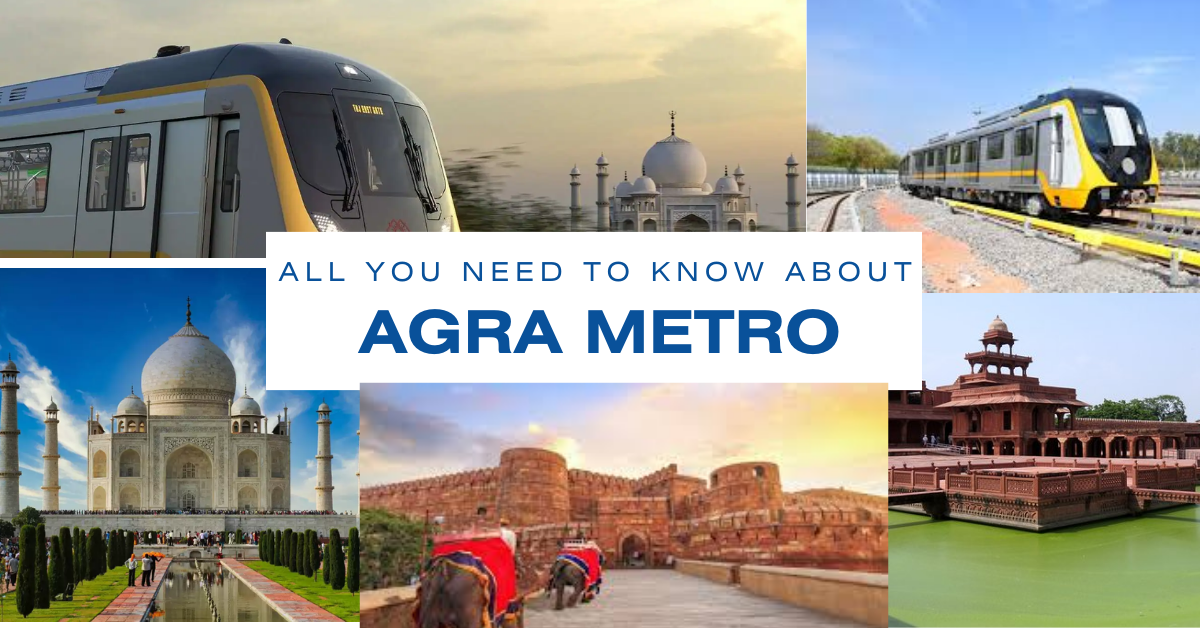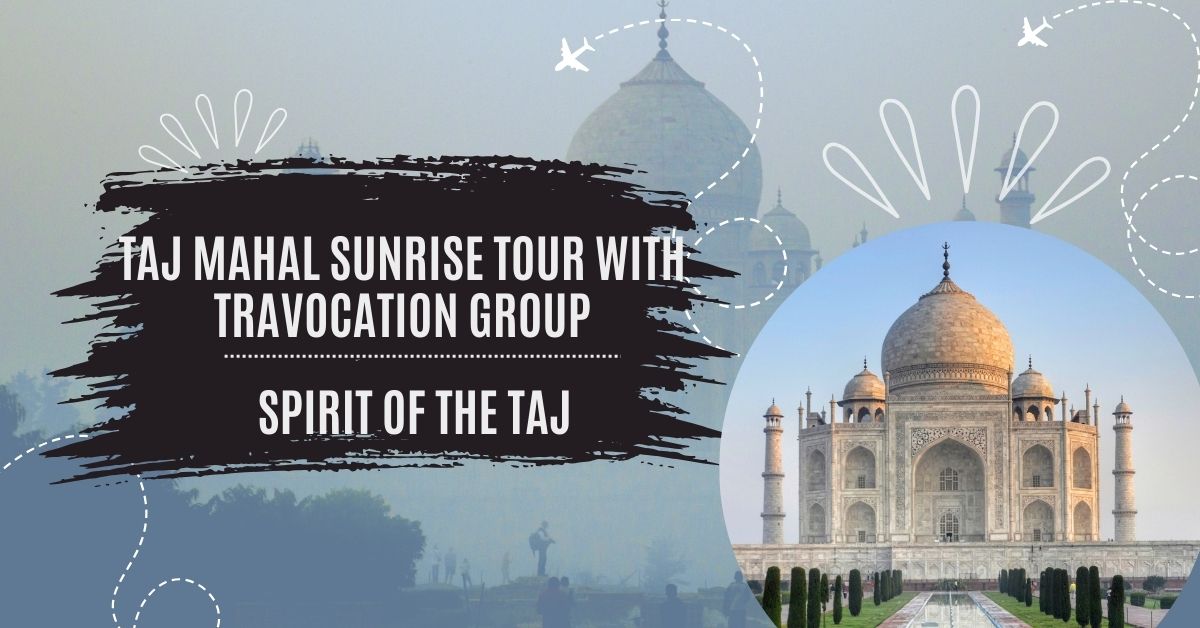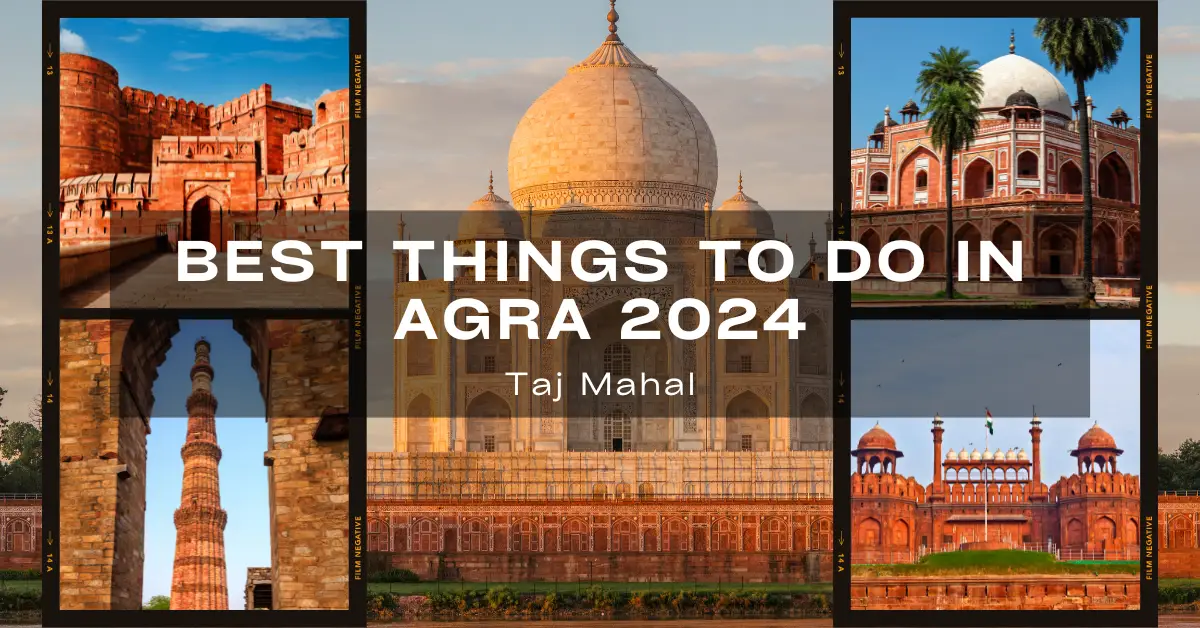Introduction:
In the heart of India, where history and modernity are intertwined, Agra stands as a testament to the country’s rich heritage and vibrant culture. Amidst the iconic monuments and crowded streets, a new marvel has come into view – the Agra Metro. With its inauguration, Agra’s transportation landscape has undergone a transformative shift, promising not just convenience but a revolution in connectivity. The launch of Agra Metro marks a significant milestone in the city’s journey towards sustainable urban development, promising to alleviate traffic congestion, reduce pollution, and provide seamless mobility to millions of residents and tourists As we delve into the intricacies of this modern marvel, we uncover Agra’s promise of reshaping its future while honoring its glorious past.
1. Agra Metro: Transforming City Travel
The Agra Metro marks a pivotal step in the city’s modernization efforts, addressing traffic congestion and enhancing urban mobility. It’s a collaborative endeavor aimed at improving residents’ and visitors’ quality of life. By offering eco-friendly transportation options and strategic connectivity to key destinations, it promises to revolutionize travel in Agra while reducing environmental impact. In essence, the Metro signifies progress, sustainability, and a brighter future for city living.
2. Routes and Stations of Agra Metro
The Agra Metro system boasts several routes strategically connecting key areas within the city. Here’s a glimpse of the routes and their significance:
| Route | Important Stations | Connectivity |
| Red Line | Agra Cantt, Agra College, Kamla Nagar, Kalinidi Vihar | Connects to bustling markets and residential areas. |
| Yellow Line | Taj Mahal East Gate, Mankameshwar Temple, Guru Dwara, Sikandra | Provides access to the historical site of Taj Mahal and Agra Fort. |
Connectivity with Major Attractions:
- Taj Mahal: Accessible via the Red Line, with the Taj Mahal Metro Station located nearby, providing convenient transportation for tourists visiting this iconic monument.
- Agra Fort: Also on the Red Line, the Agra Fort Station allows easy access to one of India’s most significant historical landmarks, facilitating seamless exploration for visitors.
- Fatehpur Sikri: Situated along the Blue Line, the Fatehpur Sikri Metro Station serves as a gateway to the ancient city and its renowned architectural marvels.
Connectivity with Markets and Residential Areas:
- Sadar Bazaar: Located on the Green Line, the Sadar Bazar Metro Station provides access to one of Agra’s oldest and busiest markets, offering a diverse array of shopping and dining experiences.
- Raja Ki Mandi: Another stop on the Green Line, the Raja Ki Mandi Metro Station serves as a pivotal point connecting residential neighborhoods with other parts of the city, facilitating convenient commuting for locals.
This comprehensive network ensures that both tourists and residents can navigate Agra’s vibrant landscape with ease, fostering greater accessibility and connectivity across the city.
3. Planning Your Metro Journey
| Aspect | Tips |
| Ticketing Options | Purchase metro tickets from automated vending machines or ticket counters at stations. Consider using smart cards for convenience. |
| Fare Structure | Familiarize yourself with the fare structure based on the distance traveled. Check for any discounts available for tourists or bulk purchases. |
| Operating Hours | Note the metro’s operating hours, typically from early morning to late evening. Plan your travel accordingly to avoid peak times. |
| Frequency of Trains | Check the frequency of trains on the Agra Metro route to minimize waiting time. Utilize metro apps or station displays for real-time updates. |
| Integration with Itinerary | Incorporate metro travel into your itinerary by identifying nearby stations and key attractions. Optimize time and cost by planning efficient routes. Utilize metro maps to navigate effectively. |
4. Exploring Agra’s Gems via Metro
| Tourist Attraction | Historical Significance | Visiting Hours | Ticket Prices | Nearby Metro Stations |
| Taj Mahal | A UNESCO World Heritage Site, symbolizing love and architectural brilliance. Built by Emperor Shah Jahan. | Sunrise to sunset | Varies by nationality. Approximately. INR 1300 for foreigners. | Taj East Gate Metro Station |
| Agra Fort | A UNESCO World Heritage Site, A historic fort built by Emperor Akbar, housing palaces, mosques, and courtyards. | Sunrise to sunset | Varies by nationality. Approximately. INR 600 for foreigners. | Agra Fort Metro Station |
| Fatehpur Sikri | A UNESCO World Heritage Site, once a Mughal capital with stunning palaces and mosques. | Sunrise to sunset | Varies by nationality. Approximately. INR 600 for foreigners. | Fatehpur Sikri Metro Station |
| Local Markets | Explore bustling markets like Sadar Bazaar and Kinari Bazaar for handicrafts, souvenirs, and street food. | Varies | Depends on purchases. | Nearby markets are accessible via various metro stations. |
Insider Tips for a Hassle-Free Metro Experience:
- Use Metro Apps: Download metro apps for real-time updates on train schedules, station information, and route planning. Apps like “Agra Metro Navigator” can be invaluable for navigating the metro system efficiently.
- Avoid Peak Hours: Plan your metro travel outside of peak hours to avoid overcrowding and long wait times. Mornings and late evenings typically have fewer commuters, offering a more comfortable journey.
- Leverage Tourist Discounts: Take advantage of special discounts and offers available for tourists. Consider purchasing tourist passes or combo tickets for access to multiple attractions at a discounted rate.
Safety Measures Implemented By Agra Metro:
- CCTV Surveillance: Metro stations and trains are equipped with CCTV cameras to monitor activities and ensure passenger safety.
- Security Personnel: Trained security personnel are stationed at metro stations to provide assistance, manage crowds, and ensure the safety of passengers.
- Emergency Communication: Emergency communication systems are installed at stations and inside trains to facilitate quick response in case of any untoward incidents or emergencies.
- Fire Safety: Metro adheres to strict fire safety standards, with fire fighting equipment readily available at stations and on trains to mitigate risks.
- Crowd Management: Measures are in place to manage crowd flow during peak hours, ensuring a comfortable and safe travel experience for passengers.
Accessibility Features for Differently-Abled Individuals and Senior Citizens:
- Ramps and Elevators: Metro stations are equipped with ramps and elevators to facilitate easy access for wheelchair users and passengers with mobility challenges.
- Priority Seating: Designated priority seating areas are available on trains for senior citizens, pregnant women, and passengers with disabilities.
- Audio-Visual Announcements: Metro trains feature audio-visual announcements of station names and upcoming stops, benefiting passengers with visual or hearing impairments.
- Accessible Restrooms: Accessible restrooms equipped with facilities for differently-abled individuals are available at select metro stations.
- Assistance Services: Metro provides assistance services for passengers requiring special assistance, including boarding and alighting from trains.
- Travel Light: Pack lightly to navigate metro stations and trains with ease. Avoid carrying bulky luggage during peak hours to ensure a smooth commute for yourself and fellow passengers.
Offbeat Destinations and Hidden Gems:
- Mughal Garden: Visit the lesser-known Mughal Garden near Rambagh for a tranquil retreat amidst lush greenery and stunning floral displays. Accessible via the Agra Cantt Metro Station.
- Gurudwara Guru Ka Taal: Explore this historic Sikh shrine known for its serene ambiance and architectural beauty. Located near the Guru Ka Taal Metro Station, it offers a peaceful escape from the city’s hustle and bustle.
- Mehtab Bagh: Discover this picturesque garden offering stunning views of the Taj Mahal from across the Yamuna River. Ideal for a leisurely stroll or a romantic sunset picnic. Accessible via the Mehtab Bagh Metro Station.
- Taj Nature Walk: Embark on a nature trail near the Taj Mahal to explore diverse flora and fauna. Perfect for nature enthusiasts and bird watchers seeking a serene escape. Accessible via the Taj Mahal Metro Station.
Future Expansion and Development of Agra Metro:
- Proposed Routes: Agra Metro’s future expansion plans include the addition of new metro lines and extensions to existing routes. Proposed routes may connect emerging residential areas, commercial hubs, and suburban districts to enhance connectivity across the city.
- Infrastructure Upgrades: The development of Metro involves continuous infrastructure upgrades, including modernization of stations, expansion of depot facilities, and implementation of advanced signaling and communication systems to improve operational efficiency and passenger experience.
- Integration with Other Modes of Transport: Metro aims to integrate seamlessly with other modes of transport, such as buses, taxis, and auto-rickshaws, to provide passengers with multi-modal connectivity and convenient interchange facilities at key transportation hubs.
Anticipated Impact of Agra Metro:
- Socio-Economic Development: The expansion of Metro is expected to catalyze socio-economic development by stimulating investment, fostering job creation, and enhancing accessibility to employment centers, educational institutions, and healthcare facilities across the city.
- Tourism Industry Boost: Metro is poised to revolutionize tourism in the city by providing convenient access to iconic landmarks such as the Taj Mahal, Agra Fort, and Fatehpur Sikri. Improved connectivity and enhanced visitor experience are anticipated to attract more tourists, boosting tourism revenue and supporting local businesses.
- Environmental Sustainability: Metro’s emphasis on eco-friendly transportation is projected to reduce vehicular emissions, alleviate traffic congestion, and mitigate environmental pollution, contributing to a cleaner and greener urban environment for residents and visitors alike.
- Quality of Life Enhancement: With enhanced mobility, reduced travel times, and improved access to essential services, Metro is expected to enhance the quality of life for residents by providing affordable, safe, and reliable transportation options for daily commutes and leisure travel.
conclusion
In conclusion, the Agra Metro represents a transformative leap forward in the city’s transportation infrastructure. From addressing traffic congestion to fostering sustainable urban development, Agra Metro promises enhanced mobility and accessibility for residents and tourists alike. With its strategic routes, eco-friendly operations, and inclusive design, the metro system is poised to revolutionize city travel, offering a seamless and efficient way to explore Agra’s rich heritage and vibrant culture. As Metro continues to expand and evolve, it holds the potential to propel the city toward greater prosperity and connectivity while enriching the lives of its inhabitants. Embrace the Metro experience and embark on a journey that not only connects destinations but also connects people, shaping the future of Agra’s transportation landscape.
Frequently Asked Questions about Agra Metro
Question 1: What is Agra Metro?
Answer: Agra Metro is a rapid transit system serving the city of Agra, Uttar Pradesh, India. It provides an efficient and eco-friendly mode of transportation through underground and elevated metro lines.
Question 2: What are the benefits of using Agra Metro?
Answer: Agra Metro offers numerous benefits, including reduced traffic congestion, shorter travel times, lower environmental impact, improved accessibility to key destinations, and enhanced safety and security for passengers.
Question 3: How do I purchase tickets for Agra Metro?
Answer: Tickets for Agra Metro can be purchased at automated vending machines or ticket counters located at metro stations. Additionally, passengers can use smart cards for convenient fare payments.
Question 4: What are the operating hours of Agra Metro?
Answer: Agra Metro operates from early morning to late evening, typically from around 6:00 AM to 11:00 PM. However, exact operating hours may vary, so it’s advisable to check the schedule beforehand.
Question 5: Are there discounts available for tourists using Agra Metro?
Answer: Yes, special discounts and offers may be available for tourists using Agra Metro. Visitors are encouraged to inquire about tourist passes or combo tickets for discounted rates.
Question 6: Is Agra Metro accessible for differently-abled individuals and senior citizens?
Answer: Yes, Agra Metro is designed to be accessible for everyone, including wheelchair users and passengers with mobility challenges. Stations are equipped with ramps, elevators, and designated priority seating areas for the convenience of all passengers.
Question 7: What are some offbeat destinations that can be explored using Agra Metro?
Answer: Agra Metro provides access to several offbeat destinations, such as the Mughal Garden, Gurudwara Guru Ka Taal, Mehtab Bagh, and Taj Nature Walk. These hidden gems offer unique experiences away from the city’s popular landmarks.
Question 8: What are the future expansion plans for Agra Metro?
Answer: Future expansion plans for Agra Metro include the addition of new metro lines, extensions to existing routes, infrastructure upgrades, and integration with other modes of transport to enhance connectivity and accessibility across the city.

 English
English Spanish
Spanish




